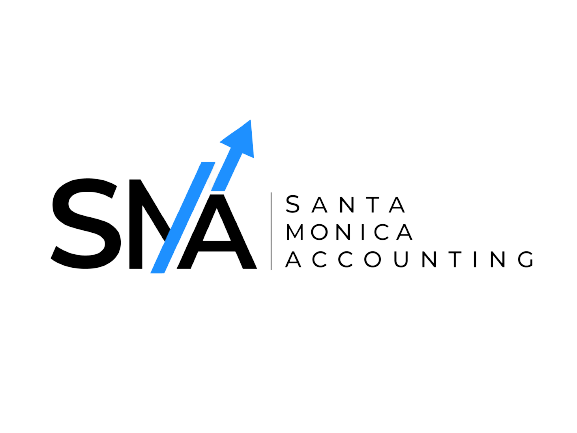Understanding your tax obligations in self-employment is crucial for maintaining financial health and compliance with the law. One key aspect of taxation that self-employed individuals need to grasp is the self-employment tax. In this comprehensive guide, we’ll delve into self-employment tax, how it’s calculated, and what you need to know to stay on top of your tax responsibilities.
What is Self-Employment Tax?
Self-employment tax is a tax that self-employed individuals are required to pay to fund Social Security and Medicare. It’s essentially the self-employed version of the FICA (Federal Insurance Contributions Act) taxes that traditionally employed individuals have withheld from their paychecks.
Understanding the Components of Self-Employment Tax
Self-employment tax consists of two main components:
- Social Security Tax: This tax funds retirement, disability, and survivor benefits under the Social Security program. As of 2024, the Social Security tax rate is 12.4% on the first $147,000 of net earnings from self-employment. However, only half of the self-employment tax is deductible from income taxes.
- Medicare Tax: The Medicare tax funds the Medicare hospital insurance program. The Medicare tax rate is 2.9% on all net earnings from self-employment. Unlike the Social Security tax, there’s no income cap for Medicare tax, meaning you’ll pay it on all your self-employment income.
How Self-Employment Tax is Calculated
Self-employment tax is calculated based on your net earnings from self-employment, which is your gross income minus allowable business expenses. The net earnings figure is subject to the Social Security and Medicare tax rates mentioned earlier.
To calculate your self-employment tax:
- Determine your net earnings from self-employment.
- Multiply your net earnings by 92.35% (to account for the fact that only 92.35% of your net earnings are subject to self-employment tax).
- Apply the appropriate tax rates: 12.4% for Social Security tax and 2.9% for Medicare tax.
- Add the calculated Social Security and Medicare taxes to determine your total self-employment tax liability.
Reporting and Paying Self-Employment Tax
Self-employment tax is reported and paid using IRS Form 1040 Schedule SE (Self-Employment Tax). You’ll need to file Schedule SE along with your individual income tax return (Form 1040) by the tax filing deadline.

Thank you for reading with SMA!
Seeking help with your bookkeeping and accounting?
We’re right here for you!
